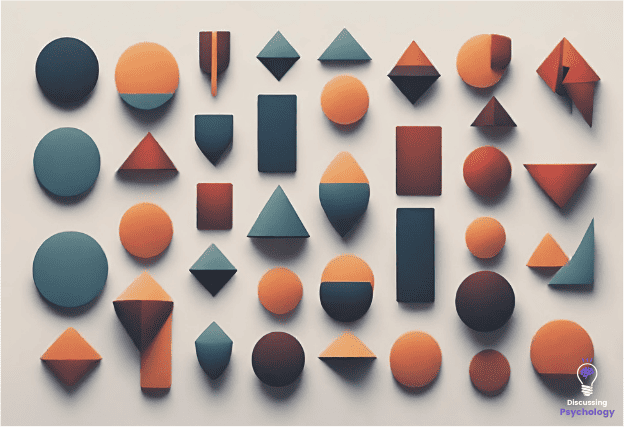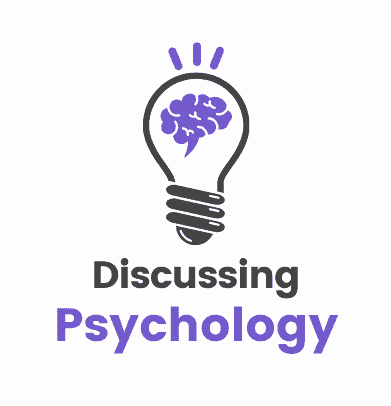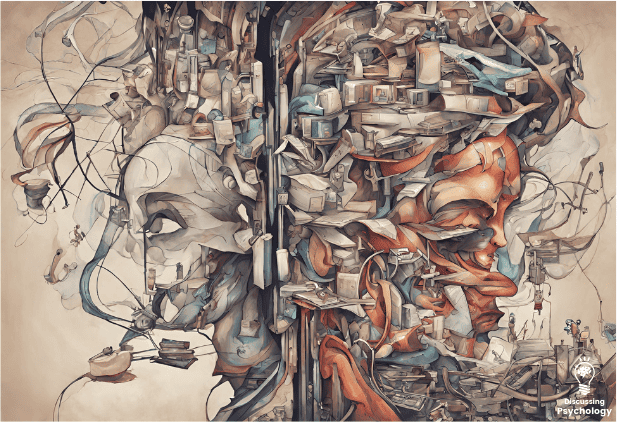Maladaptive daydreaming (MD) shares many similarities to a behavioral addiction: it causes isolation and impairment, can be used as an escape from trauma and those suffering from the condition often crave being lost in their fantasies.
But does that mean MD should be added to the Diagnostic and Statistical Manual (DSM-V) as an addiction? Is the urge to spend hours engaged in fantasy stories of your own devising a new form of behavioral addiction?
Maladaptive Daydreaming: Is it an Addiction?
Maladaptive daydreaming shares many similarities with other kinds of behavioral addiction—it creates a strong urge to engage in a chosen behavior despite negative consequences of doing so.
But opinion is currently divided on whether MD is best understood as an addiction or a compulsion. There’s little doubt that MD creates an intense, often uncontrollable, desire to spend time daydreaming.
But while the terms addiction and compulsion are often used interchangeably, there are some important differences that change how you think about—and treat—the behavior in question.
Maladaptive daydreaming: An addiction or a compulsion?
| Addiction | Compulsion |
| A complex process of becoming dependent on an activity or substance | A strong mental urge to do something |
| Produces feelings of pleasure | Produces sense of relief |
| Undertaken as a means of enjoyment | Undertaken to relieve or escape from distress |
| Produces tolerance | Does not produce tolerance |
While addiction is a complex process involving thoughts, behaviors, and even changes to the brain, the definition of a compulsion is narrower. A compulsion is simply the strong mental urge to do something.
The motivations for the two are also distinct: whereas an addictive behavior is undertaken because it produces a high or feeling of pleasure, a compulsion is normally done to alleviate distress or anxiety.
Compulsions can form part of an addiction, such as when a strong urge to drink contributes to the development of an addiction to alcohol. But compulsions can also be involved in other forms of mental illness, such as obsessive-compulsive disorder (OCD), in which a person performs a repeated act (such as hand washing or checking the back door) to alleviate the anxiety caused by obsessive thoughts.
When it comes to maladaptive daydreaming, it’s unclear whether we’re dealing with a behavioral addiction, a compulsion, or perhaps both.
Maladaptive daydreaming as addiction
The argument for viewing MD as an addiction comes from, among other places, a case study published in the Journal of Behavioral Addictions in 2018.
Based on their examination of a patient with MD, the authors found that his symptoms were a good match for a behavioral addiction. In particular, they noted the following factors:
- Salience: daydreaming dominated the patient’s thinking and become more important than anything else
- Mood modification: daydreaming led to intense pleasure or a ‘buzz’
- Tolerance: as time went on the patient was able to engage in daydreaming for longer
- Withdrawal: the patient felt negative emotions when unable to daydream
- Conflict: the desire to daydream led to difficulties managing relationships with other people
- Relapse: the pattern of intensive daydreaming was quickly and easily restored even after long periods of abstinence.
Some of these criteria would also fit with a compulsion, in particular salience, interpersonal conflict, and withdrawal. But taken together, these findings suggest that, at least for this one individual, MD constituted a behavioral addiction.

Maladaptive daydreaming as a compulsion
MD and OCD have a high degree of comorbidity, with one study finding that over half (53%) of MD patients also live with OCD. This suggests some level of overlap in the mechanisms underpinning both conditions—or perhaps the risk factors leading to their development.
More importantly, there is some evidence that methods used to treat compulsions in OCD are effective in treating MD too.
One case study used a method called exposure and response prevention (ERP), in which a patient is exposed to their compulsive thoughts but trained to act in a way that runs counter to what the compulsion is telling them to do.
For this particular patient, this meant taking the rather drastic approach of imagining negative endings to his daydreams, such as the characters dying off.
This method was found to be effective in reducing the urge to daydream and improving the patient’s overall life quality, implying that viewing MD as a compulsion can lead to real results.
Untangling the truth
It’s clear that MD creates a powerful desire to daydream that ends up consuming a person’s life. Whether that desire is best explained as addiction or compulsion is currently unclear.
It’s possible that MD could represent both at the same time or manifest as an addiction for some and a compulsive reaction to stress in others.
This distinction is important as it determines which form of treatment is most appropriate. Treating compulsions can involve changing one’s response to the compulsive thought, as outlined above, or it can mean teaching alternate, less damaging responses to stress.
CBT and other psychological therapies are ideally suited for this. You can easily seek therapeutic support using online therapy providers such as BetterHelp, SonderMind or Headway to name a few.
Treating addictions can be more complex, often involving a period of complete abstinence or detoxification from the behavior in question, followed by intensive treatment using a variety of possible therapeutic approaches.
Untangling which approach is most effective in understanding and treating MD would be a major step forward in helping daydreamers find their way out of this debilitating condition.
- Allen, K. (2022, February 24). What’s the difference between addiction and compulsion? Addictions. https://www.addictions.com/blog/whats-the-difference-between-addiction-and-compulsion/
- Pietkiewicz, I., Nęcki, S., Bańbura, A., & Tomalski, R. (2018). Maladaptive daydreaming as a new form of behavioral addiction. Journal Of Behavioral Addictions, 7(3), 838–843. https://doi.org/10.1556/2006.7.2018.95
- Somer, E. (2018). Maladaptive daydreaming: Ontological analysis, treatment rationale; a pilot case report. Frontiers in the Psychotherapy of Trauma and Dissociation, 1, 1–22. https://www.researchgate.net/publication/322152657_Maladaptive_Daydreaming_Ontological_Analysis_Treatment_Rationale_a_Pilot_Case_Report
- Somer, E., Soffer-Dudek, N., & Ross, C. (2017). The comorbidity of daydreaming disorder (maladaptive daydreaming). Journal of Nervous & Mental Disease, 205(7), 525–530. https://doi.org/10.1097/nmd.0000000000000685
- Somer, E., Somer, L., & Jopp, D. (2016). Childhood antecedents and maintaining factors in maladaptive daydreaming. Journal of Nervous and Mental Disease, 204(6), 471–478. https://doi.org/10.1097/nmd.0000000000000507

